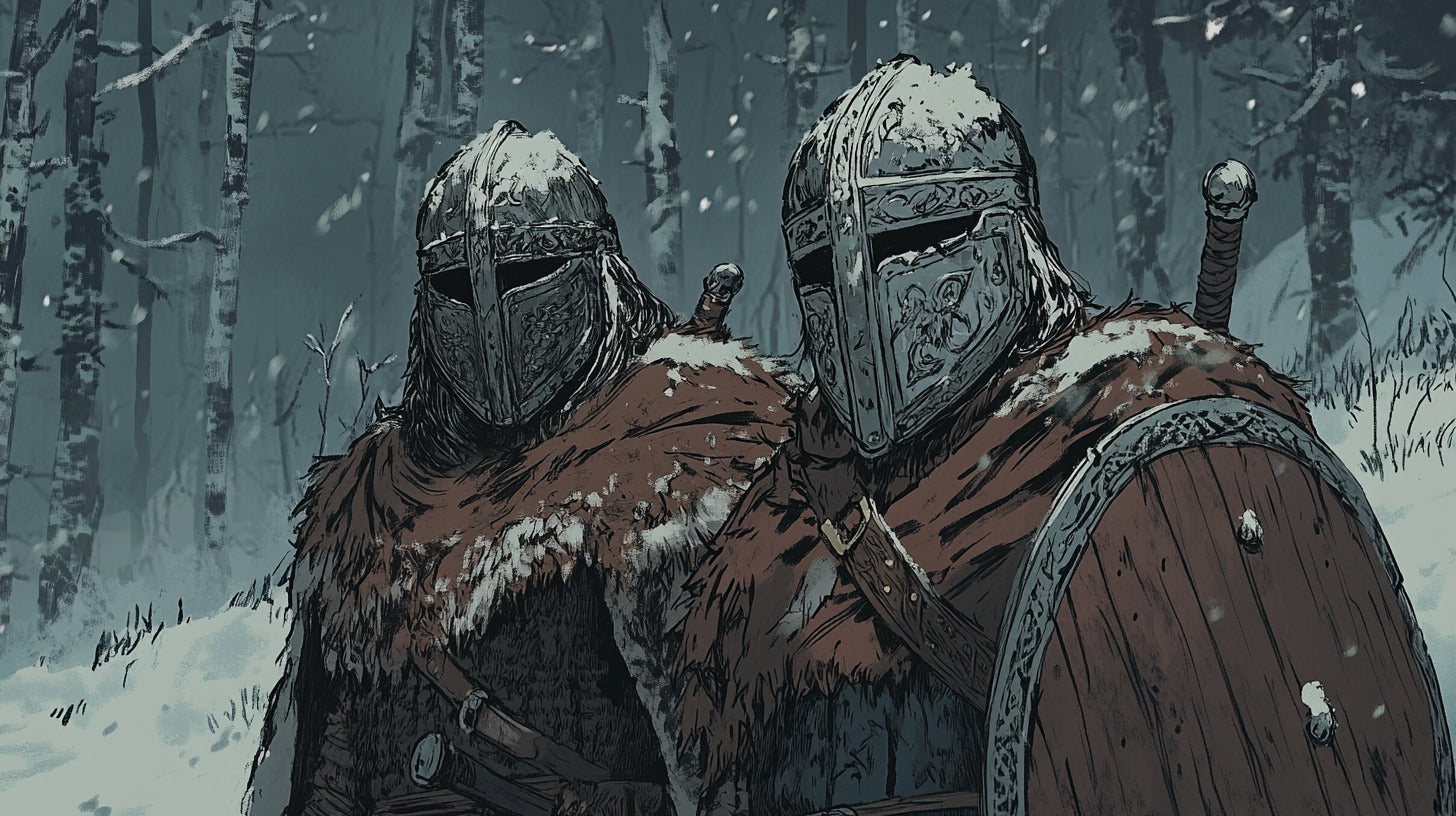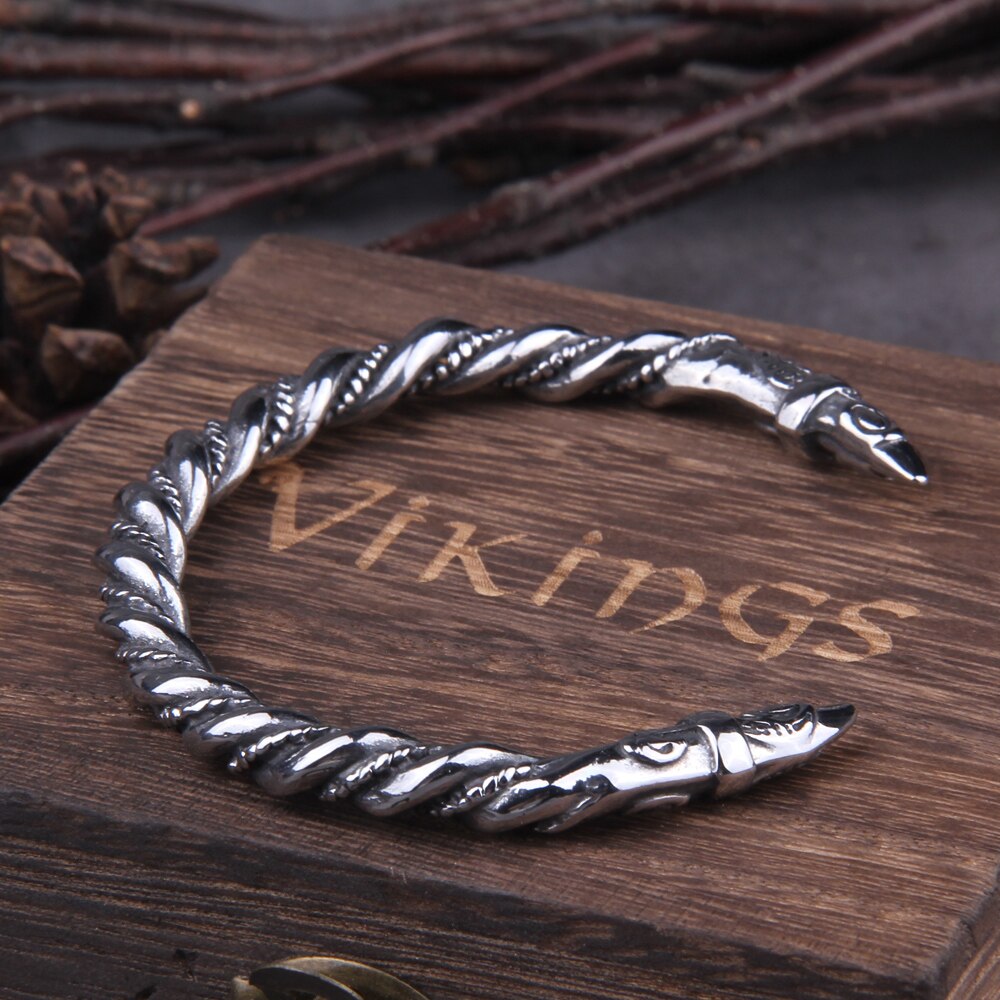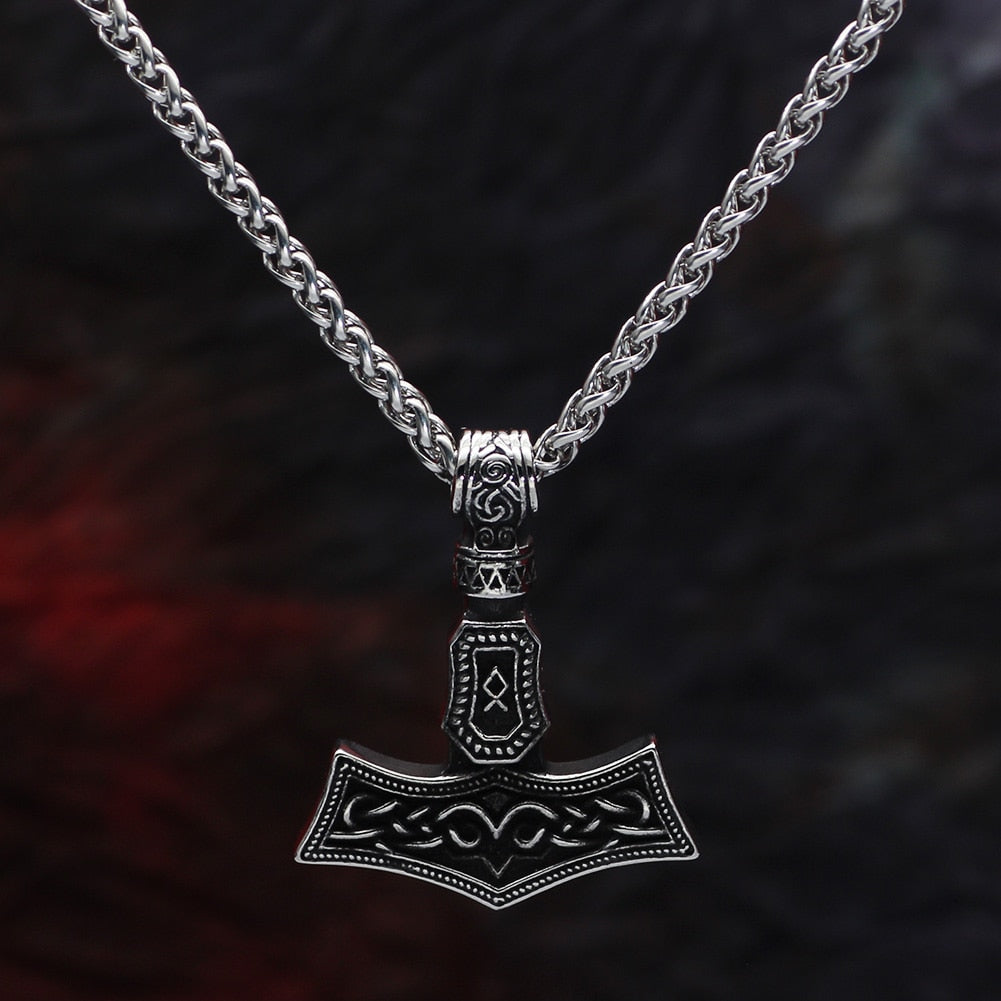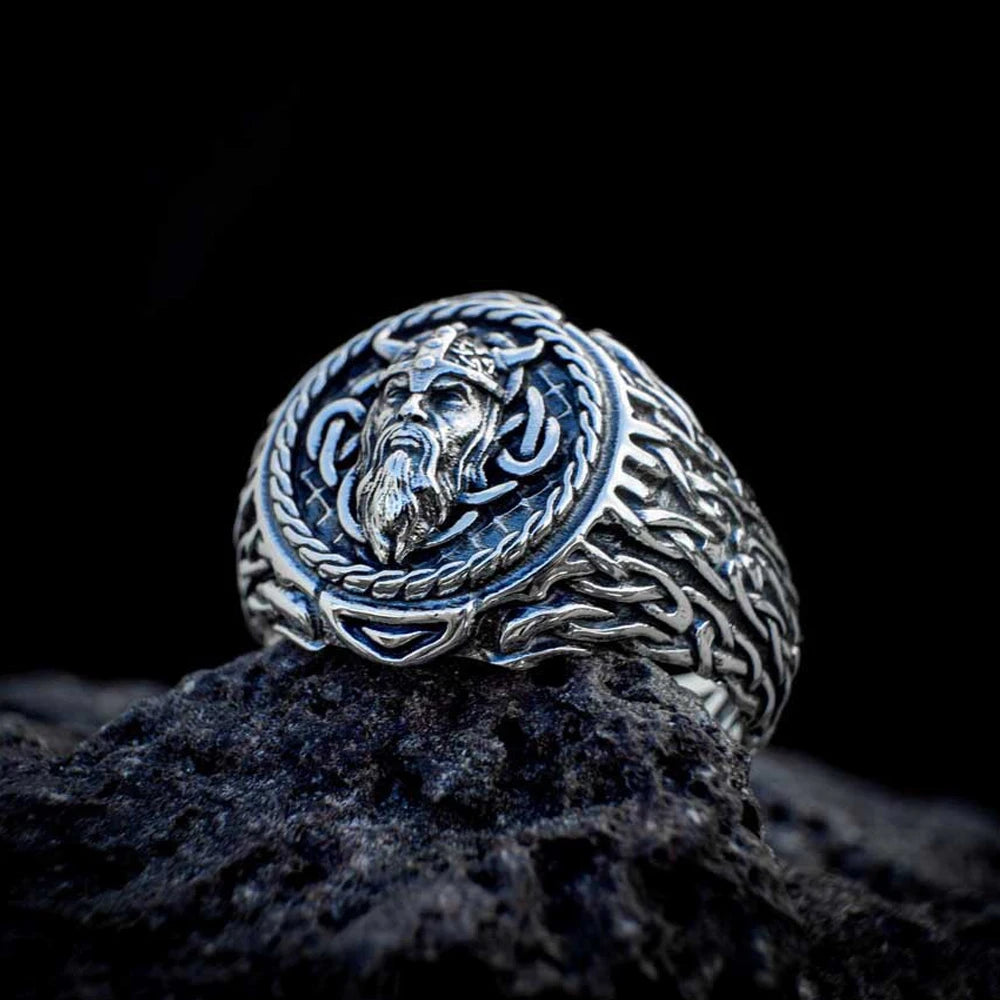Article: The Tyrfing Saga: Sword, Bloodline, and Curse in Old Norse Tradition
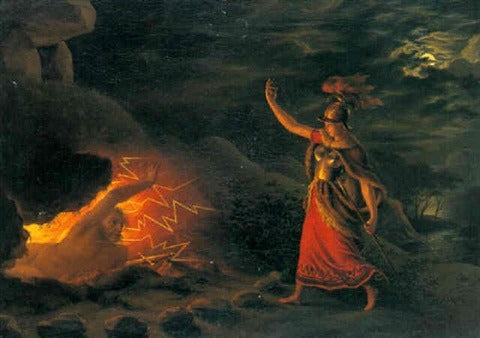
The Tyrfing Saga: Sword, Bloodline, and Curse in Old Norse Tradition
Among the legendary texts preserved in Old Norse literature, the Tyrfing Saga stands as a rare fusion of mythological symbolism and the distant echoes of tribal memory. As part of the Hervarar saga ok Heiðreks, it recounts the lineage of Gothic kings, cursed weapons, and dramatic feuds. But this saga is not merely a fantastical tale. Woven within its narrative are unmistakable references to historical peoples—especially the Goths—and events such as the real and violent encounters with the Huns. The saga’s resonance with elements preserved in works like Jordanes’ Getica suggests an underlying historical foundation beneath its literary form.
The Tyrfing Saga: An Overview of the Myth

King Svafrlame Secures the Sword Tyrfing (Painting: Lorenz Frølich)
Origins and Structure of the Tyrfing Legend
The Tyrfing Saga, a modern term drawn from the medieval Hervarar saga ok Heiðreks, survives in several manuscripts, the oldest of which date to the 13th century, though the story itself is likely much older. It presents a complex narrative, shaped by centuries of oral tradition, centered around a cursed sword named Tyrfing, forged by dwarfs under duress and fated to bring tragedy to its bearers.
The saga's structure follows multiple generations of a Gothic royal family, with each chapter conveying dramatic episodes of treachery, prophecy, and warfare. The saga mixes heroic epic with courtly drama and magical elements, yet anchors itself in specific locations and peoples identifiable with historical Gothic tribes.
Key Characters and the Cursed Sword
Tyrfing, the sword, is both a central plot device and a symbol of fate and legacy. First wielded by Angantýr, it brings death to both enemies and kin. His daughter, Hervör, retrieves it from his barrow, setting into motion a multigenerational tragedy. Later, King Heiðrekr, another key figure, becomes embroiled in battles, succession disputes, and encounters with riddling dwarfs and prophetic beings.
While much of the narrative is mythic, the characters’ identities and settings bear the names of real Gothic leaders and locations—hinting that the saga’s roots stretch into the tribal memories of late antiquity.
The Goths in the Tyrfing Narrative

Gothic warriors (Illustration: Paganheim)
Heiðrekr, Angantýr, and the Gothic Royal Line
The saga refers to its central lineage as Gothic, and its characters rule over territories associated with the historical Goths, such as Arheimar on the Dnieper. The name Gautland also appears, linking the saga to both Geatish and Gothic traditions. Heiðrekr, the saga’s most complex figure, is often styled as a Gothic king and ruler of Reiðgotaland—translated by many as the “kingdom of the riding Goths,” likely connected to the real-life migrations and martial character of the Tervingi or Greuthungi.
While the exact historical prototypes of these characters remain uncertain, their names and functions mirror the leadership structures and conflicts typical of Gothic tribal politics in the 3rd and 4th centuries CE.
The Symbolism of Tyrfing and Cultural Identity
Tyrfing itself, while supernatural in function, may symbolize more than just a magic weapon. Scholars have interpreted the sword as a metaphor for the destructive inheritance of internecine conflict, common among Gothic and other Germanic tribes. The saga repeatedly ties the curse of Tyrfing to kin-slaying, suggesting a narrative reckoning with real tribal fractures—perhaps those that worsened during pressure from external invasions, such as that of the Huns.
Historical Goths: From Legend to Chronicle

Getica: The Origin and Deeds of the Goths by Jordanes
The Tervingi: Jordanes and the Gothic Identity
The Getica, written by the 6th-century Gothic historian Jordanes, preserves the clearest record of the Tervingi—one of the major branches of the Gothic peoples during the 3rd and 4th centuries. Jordanes states that the Tervingi inhabited lands between the Carpathians and the Dniester, later displaced by Hunnic expansion.
The term Tervingi likely derives from a root meaning “forest people,” distinguishing them from the Greuthungi or “steppe people.” These distinctions, echoed in the saga’s contrasting settings and factions, reinforce the notion that the Tyrfing Saga preserves memories of real ethnic divisions within the Gothic world.
The Gothic Confederation and Tribal Structures
By the time of Constantine I in the 4th century, Gothic tribes had begun consolidating into powerful confederations. Ammianus Marcellinus and Jordanes describe Gothic kings, chieftains, and elected war leaders. These tribal assemblies and monarchies mirror the dynastic struggles in the Tyrfing Saga, which centers on disputes of succession and leadership among rival Gothic houses.
Notably, the saga’s depictions of Thing assemblies and royal decisions reflect the semi-elective kingship style known from early Gothic and later Scandinavian practice, further grounding the story in real political customs.
Goths and Huns: A Clash of Civilizations

Gizur and the Huns (Painting: Peter Nicolai Arbo)
Historical Conflicts Between Goths and Huns
From the 370s CE onward, the arrival of the Huns on the Pontic Steppe forced a dramatic reordering of power. According to Ammianus, the Tervingi under Athanaric initially resisted Hunnic incursion. Jordanes elaborates further, portraying the Tervingi as the first Gothic group to encounter and clash with the Huns. Despite devastating losses, there were recorded victories and moments of successful resistance.
Athanaric, notably, fought a defensive war against the Huns and refused to submit to Roman authority. Though ultimately forced to flee, his resilience became part of the Gothic political mythology. Later Gothic leaders, including Fritigern and Alaric, would lead significant rebellions and even sack Rome.
Victory and Resistance: Gothic Resilience
While often portrayed as victims of Hunnic conquest, Gothic groups also achieved substantial military successes. The Battle of Naissus (268 CE) and later the Battle of Adrianople (378 CE), in which Gothic forces annihilated a Roman army under Emperor Valens, demonstrate their capabilities. These victories resonate with the saga’s depictions of Gothic heroism and unyielding resolve, particularly in the face of overwhelming supernatural or foreign threat.
The Gothic memory of such struggles may have fed directly into the narrative of a cursed sword—an embodiment of both power and the tragic cost of defiance.
Blending Saga and History: Reassessing Tyrfing

Svafrlami and the Dwarves (Painting: Jenny Nyström).
Echoes of Historical Trauma in Legendary Form
The Tyrfing Saga may be understood as a mythologized retelling of real Gothic trauma: intertribal warfare, dynastic collapse, and the chaos of Hunnic invasion. Tyrfing becomes a kind of ancestral burden, wielded by a line of Gothic kings caught between glory and destruction. Each generation’s use of the sword brings triumph and tragedy, just as Gothic history contains episodes of both.
Literary Synthesis of Myth and Memory
This synthesis of legendary motif with historical pattern aligns with wider trends in Norse and Germanic saga literature. Oral traditions often encode historical events in symbolic form. The presence of authentic Gothic names, references to tribal geography, and events broadly echoing known conflicts all point to a saga that blends collective memory with poetic embellishment.
The Tyrfing Saga remains a cornerstone of Norse legendary literature. Yet beneath its magical veneer lies a deep reservoir of Gothic cultural memory—one shaped by migration, war, dynastic strife, and identity. Through Tyrfing, we glimpse not only the imagination of medieval Scandinavia but also the endurance of a Gothic past violently reshaped by the clash with the Huns and preserved through the lens of heroic narrative. In this, the saga bridges the gulf between myth and history, offering one of the earliest literary echoes of Europe’s tribal transformations.
ᚸ
Frequently Asked Questions (FAQs)
What is Tyrfing?
Tyrfing is a cursed sword in Old Norse mythology, primarily featured in the Hervarar saga ok Heiðreks. It was forged by dwarves and doomed to cause death and misfortune to its bearers.
Who created Tyrfing?
Two dwarves, Dvalinn and Durinn, forged Tyrfing under compulsion by King Svafrlami. In retaliation, they cursed the sword before disappearing.
What are the main texts that preserve the Tyrfing legend?
The most complete account appears in the Hervarar saga ok Heiðreks, with poetic elements from Hervararkviða and related legendary sagas.
Was Tyrfing based on a real sword?
There is no direct evidence that Tyrfing was a real object, but richly decorated swords found in early medieval Scandinavian graves show that weapons held great symbolic and possibly spiritual significance.
What themes define the Tyrfing saga?
Key themes include fatalism, cursed inheritance, heroic struggle, and the tension between glory and destruction.
References
Hervarar saga ok Heiðreks, ed. and trans. Christopher Tolkien, 1960.
Larrington, Carolyne. The Poetic Edda. Oxford University Press, 2014.
Byock, Jesse. Viking Age Iceland. Penguin, 2001.
Clover, Carol J., and John Lindow (eds). Old Norse-Icelandic Literature: A Critical Guide. Cornell University Press, 2005.
Simek, Rudolf. Dictionary of Northern Mythology. D.S. Brewer, 1993.
